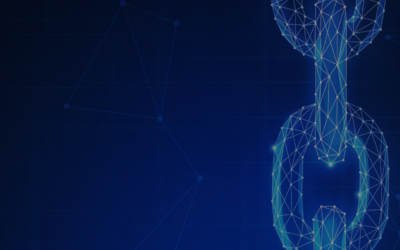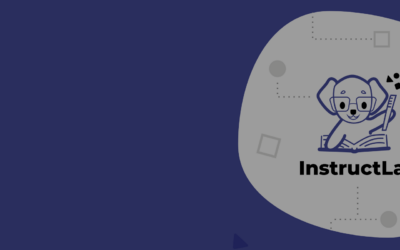Welcome to Red Hat Emerging Technologies
Here you’ll find information about the emerging technology projects the Red Hat Office of the CTO is working on. For us, “emerging technologies” refers to those technologies that are still taking shape in the enterprise or even in research communities. Emerging technologies engineering is pre-product, purely upstream work. Not everything you see here will become part of the Red Hat portfolio roadmap, but we want to share this information with our customers and partners and encourage your participation. At Red Hat, we love to co-create with open source communities, partners and customers. We look forward to you engaging with us and providing your ideas and feedback on these projects.
Projects
Invest in an open source fabric manager, that could later be productized by Red Hat, to enable multiple hardware ...
Collaborating across multiple teams to generate automated deployment architectures and best practices for ...
Automate the production of development RPMs for the out of tree drivers provided by NVIDIA for the Orin product ...
No results found.
Blog

It's almost impossible to count the number of security breaches that were caused by a leaked password or API key. ...

In a prior blog post, we provided an overview of the Triton language and its ecosystem. Triton is a Python based ...

"An intuitive and accessible UI is critical to even the most powerful AI system"
As artificial intelligence ...
No results found.



